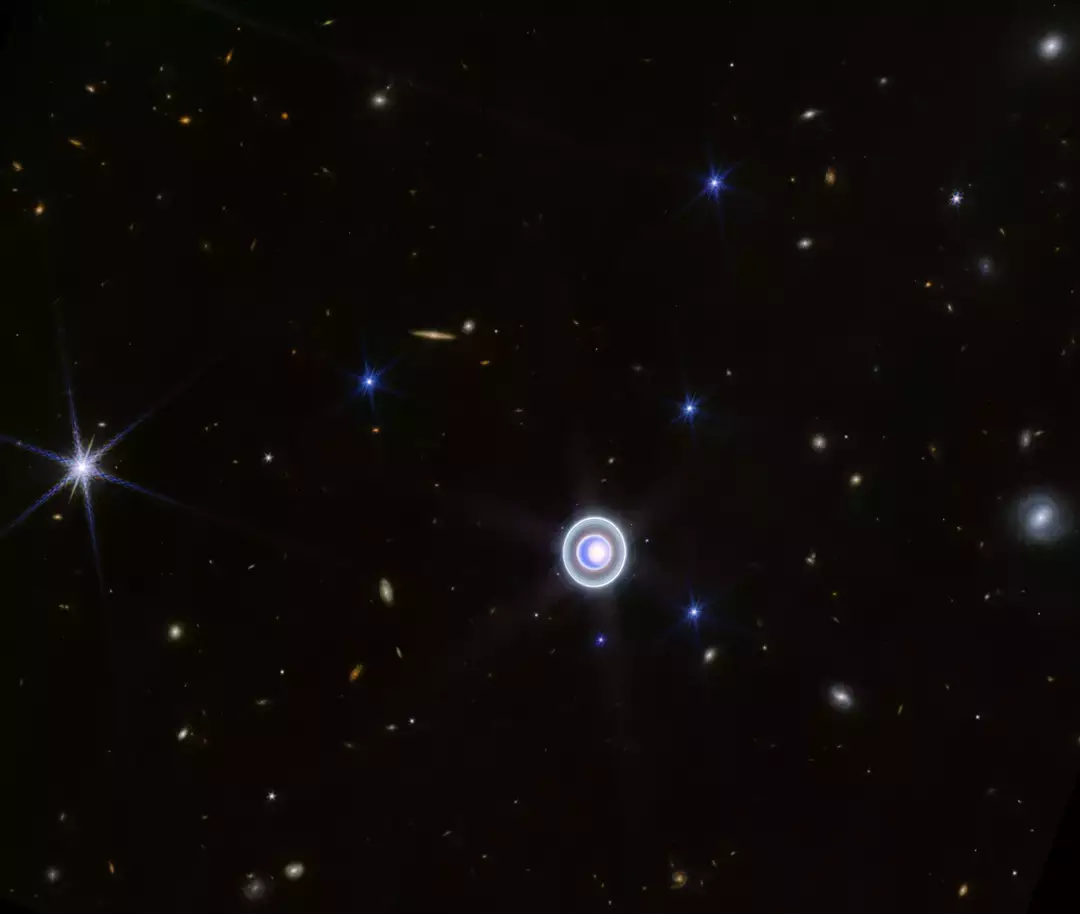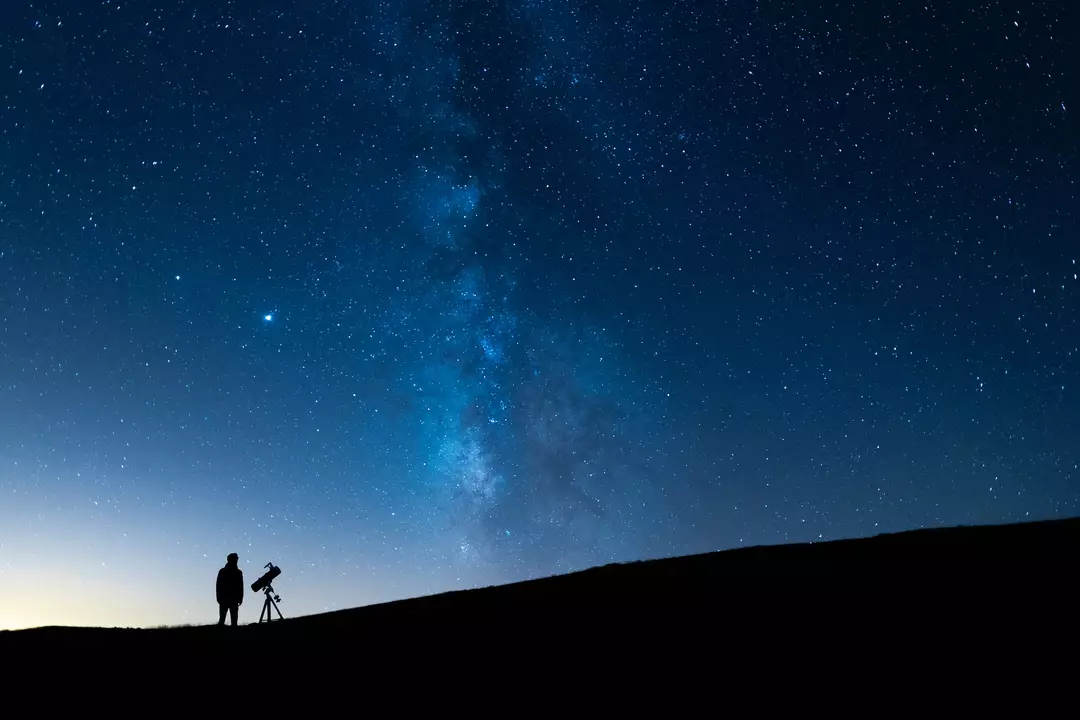This week, sky watchers have the opportunity to spot Uranus shining brightly in the night sky without the need for a telescope.
Earlier this month, the Northern Lights provided a stunning spectacle, and now Uranus, our third-largest planet, is taking center stage.
Known for its icy rings and a name that often provokes a chuckle, Uranus is about four times the diameter of Earth and is accompanied by 28 identified moons.
What makes Uranus particularly interesting is its axial tilt; it rotates at nearly 90 degrees, giving it the appearance of spinning on its side.
Once every year, Uranus aligns perfectly with the Sun and Earth, a phenomenon known as opposition.
During this time, Uranus is most visible; it appears larger and brighter in the night sky and remains observable for much of the night.

This Friday (November 21), Uranus will shine brightly enough for all to admire.
According to the BBC’s Sky at Night Magazine, the optimal viewing time is 11.55pm UT.
The magazine also notes that the planet will be easier to spot this year, as it will be positioned 4.5 degrees south of the Pleiades open cluster.
If you’re hoping to catch a glimpse of Uranus and its rings, here’s what you need to know.

Each state boasts its own ideal locations for sky watching, particularly in rural areas far from urban lights.
According to Telescopic Watch, the best viewing conditions are in a ‘reasonably dark sky with low light pollution around a Bortle 5’.
If you reside in one of these 10 US states known for having the darkest skies, as reported by US News Travel, you’re in a favorable position.
The 10 states in question are:
Once you’ve established yourself in your dark viewing spot, it’s time to look up.
Allow your eyes to acclimate to the darkness for the best experience.
Consider downloading an app to help you locate Uranus, but use it sparingly to avoid impairing your night vision.
Telescope Watch suggests that in sufficiently dark skies, Uranus should be ‘directly visible to the naked eye as a dim, star-like point.’
Even in areas with light pollution, a simple pair of binoculars should allow you to spot Uranus ‘fairly easily.’

For an enhanced view of Uranus, including its rings, consider using a small telescope.
The Sky at Night Magazine points out that even with optical aid, Uranus may appear as ‘a tiny, green-hued disc through the eyepiece’.
“In binoculars, it looks just like a sixth-magnitude star, with the planet’s characteristic colour being barely discernible,” the publication noted.
A small telescope can offer more, though it should have at least 100x magnification to view Uranus’ disc.
However, manage your expectations; the magazine cautions that ‘you shouldn’t expect to see any detail’.
“Larger apertures combined with steady seeing conditions and high magnification may show the disc to have areas of different brightness intensities,” they added.

